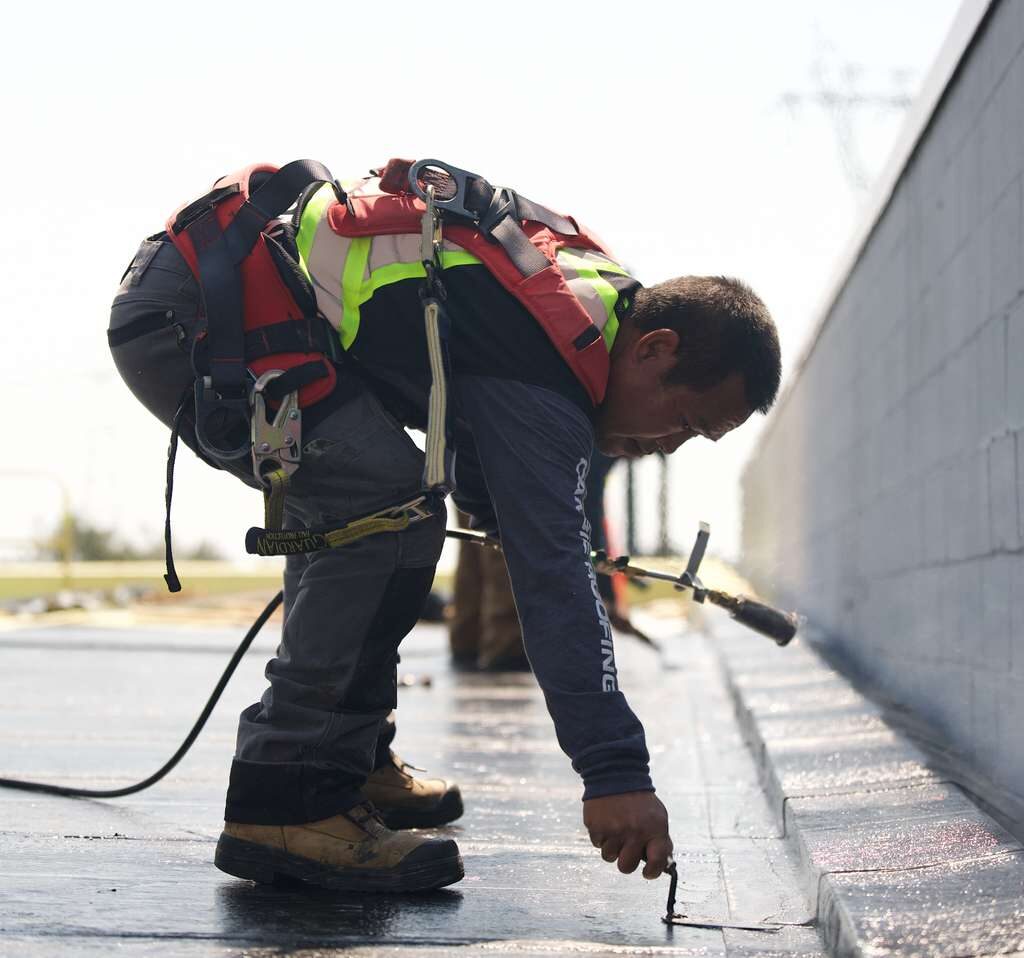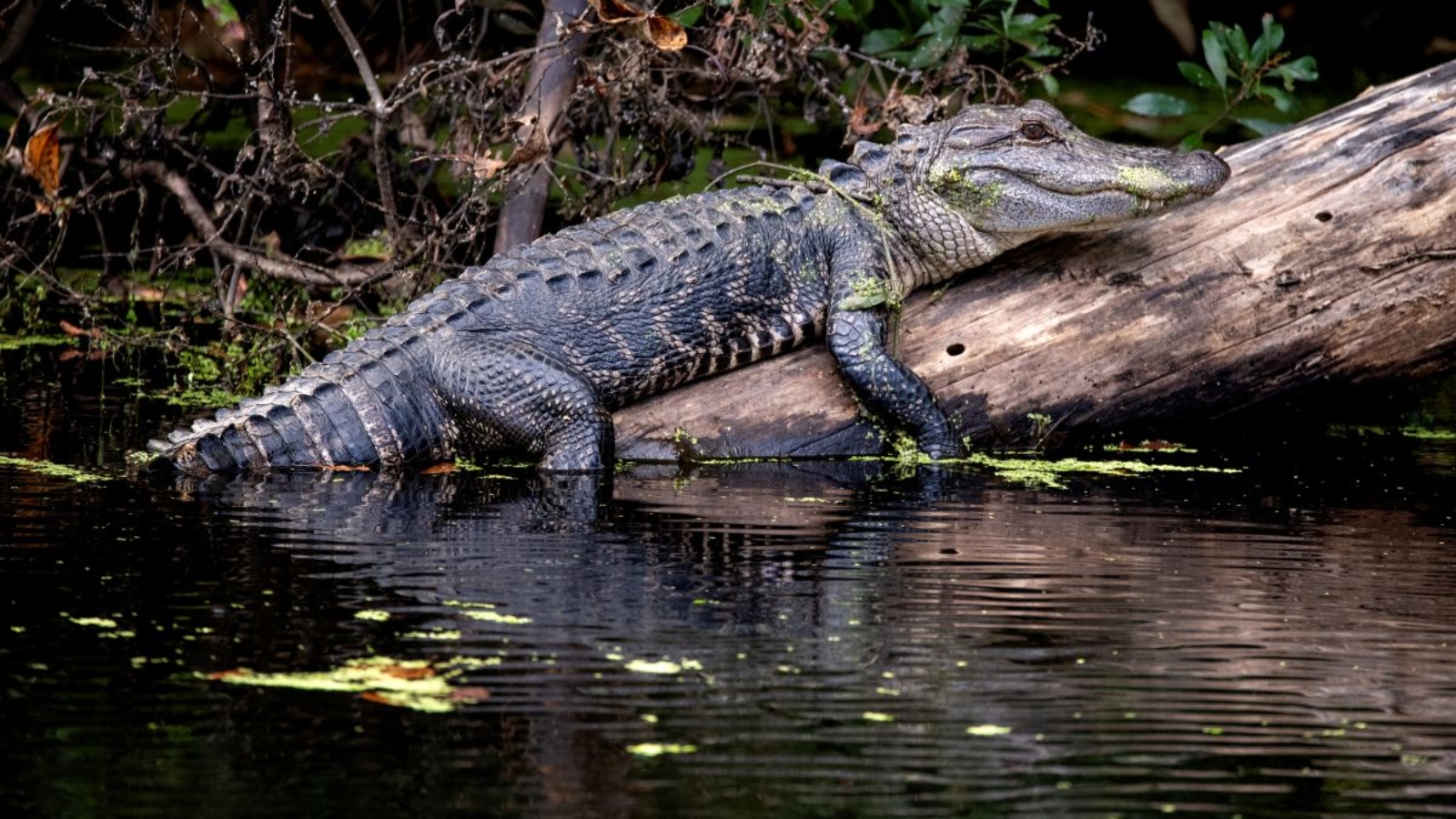Blistering and alligatoring are two of the most common problems that plague Vancouver roofs (of any kind), but most people aren’t sure what they look like – or what the difference is.
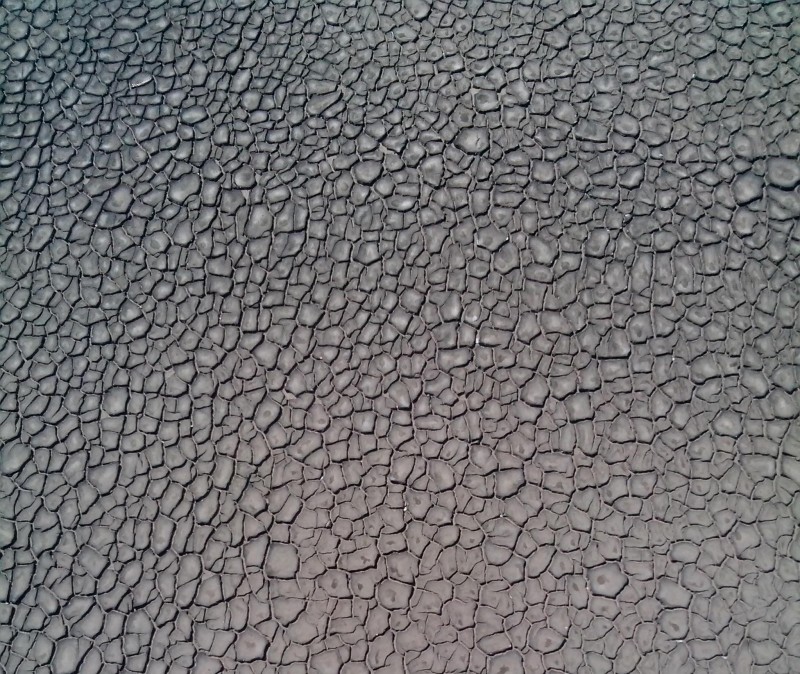
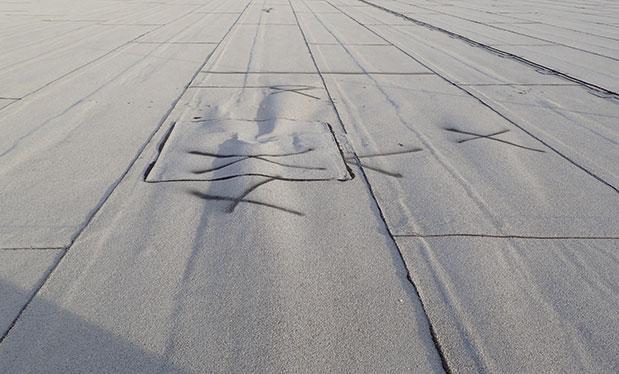
Out of Sight, Out of Mind: Blistering and Alligatoring on Vancouver Roofs
Here in rainy Vancouver, regular roof maintenance is key to keeping your homes, businesses, and possessions dry. It can be easy to forget that a roof, like any other part of your house, requires regular maintenance, care, and inspections. Out of sight, out of mind, as they say.
Perhaps a larger problem, though, is that many homeowners and property managers don’t even know how to maintain or inspect their roof – or even what to look for once they’re up there. You can check out our other blog post about roof maintenance here, but today, let’s take an in-depth look at two specific problems that often plague Vancouver home and business owners, offering guidance on how to recognize, identify, and solve it.
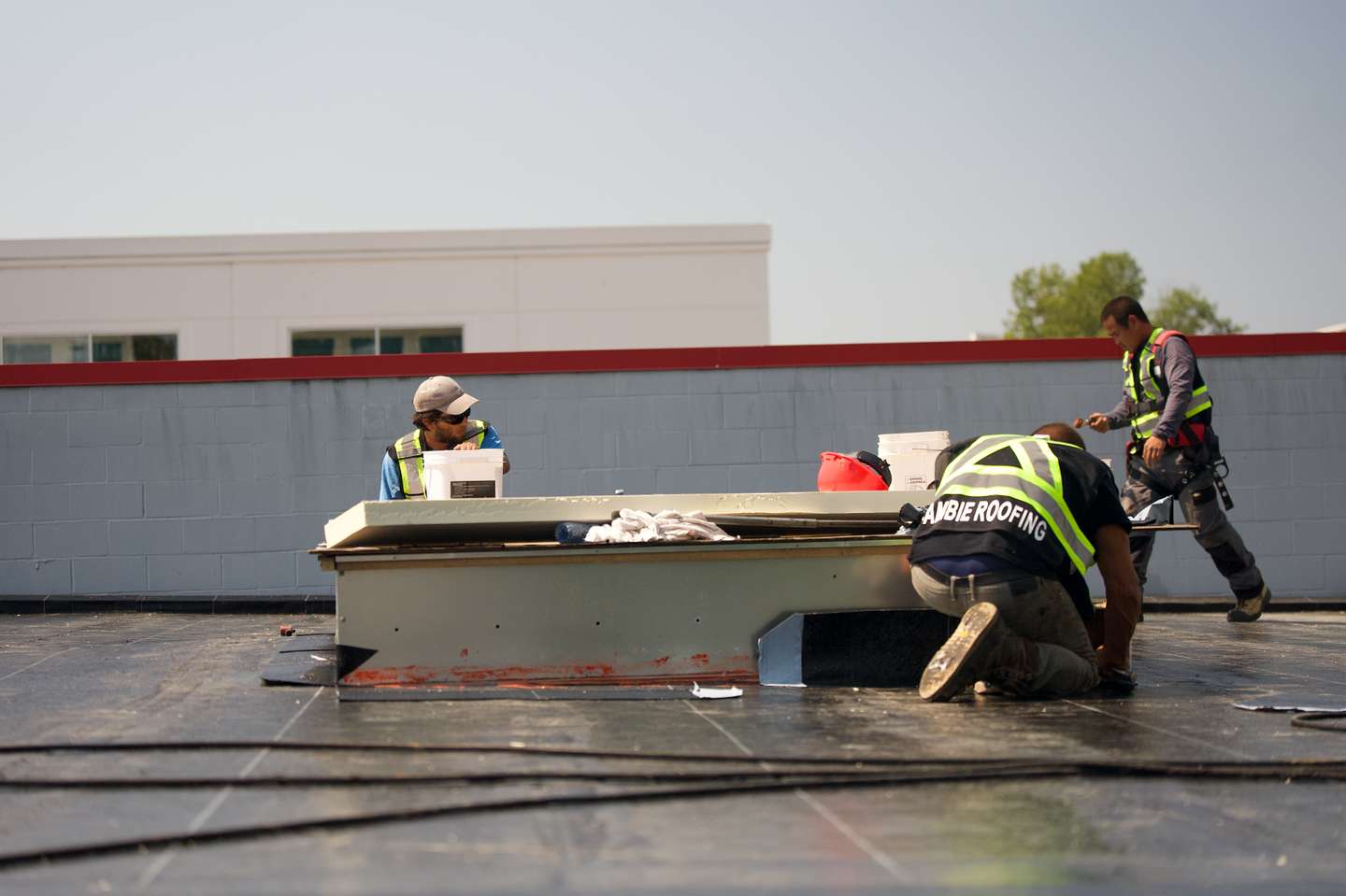
Inspecting Your Roof
First, a quick plug: we highly, highly recommend having a professional perform your roof inspections. Not only are professionals trained to spot things that the average person would not, we’re also able to offer advice on how to fix it and ideas for next steps. If you need any assistance with a roof inspection, please get in touch! It’s all about proactive damage prevention, and having a roof inspection done properly can minimize or eliminate costly repairs down the road.
Now that that’s out of the way, let’s talk safety. Inspecting a roof can be tricky and time consuming, depending on the size of your roof. Slopes, shingles, steep drops, and ease of access all add dimensions of difficulty – and danger – to the overall process. It’s important to remember that inspecting a roof can be dangerous. Remember to adhere strictly to all necessary safety precautions when on your roof.
If your roof has a steep slope or leading edges, you might want to consider hiring a professional company to perform periodic inspections on your behalf. Any good company has the safety equipment, qualifications, and insurance to perform safe and efficient inspections and maintenance.
That said, if you elect to do it yourself, make sure you use proper safety gear, such as non-slip shoes, a safety harness, and a sturdy ladder (which you should inspect for cracks or damage before using). If the roof is wet or icy, best to wait for another day.
Now, without further ado, here’s a guide on the difference between blistering and alligatoring.
Blistering and Alligatoring: Recognizing the Differences
Blistering
Blistering refers to when bubbles appear in your roof membrane. It can occur on any type of low-slope, flat roofing, or conventional roofing system, but it usually happens beneath the membrane of a flat roof. They get their name due to their resemblance to – you guessed it! – actual blisters. They are pockets of air or moisture that have become trapped, and the more they expand and stretch over time, the worse the problem is likely to become because when a membrane stretches, it can’t be un-stretched.
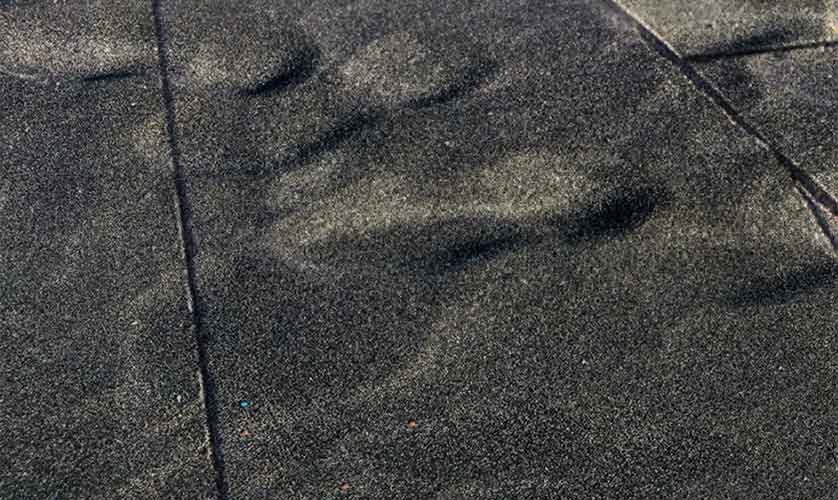
Blisters are typically caused by:
Poor installation. This is by far the most common reason for blisters to appear. If your installer hasn’t used enough adhesive, blisters can form over time.
Moisture. Condensation, poor drainage, pooling water, or leaks can lead to water getting trapped beneath the membrane.
Temperature changes. As temperatures change, your roof will expand and contract, adding stress to the roofing material and causing blisters.
Substrate. Debris or contaminants that have found their way into the underlying surface can cause weak spots, which bubble up as time passes.
Preventing Blisters through Maintenance
If you have a new roof, one of the best ways to prevent or limit blistering going forward is to simply keep the roof clean. If you have trees nearby, remove leaves as much as possible. If you have plants growing near or on your house, trim them away in order to prevent their foliage from clogging gutters, drains and downspouts.
And, if you see that a blister has already formed, do your best to limit foot traffic. Someone stepping on a blister can cause it to pop, in which case you’ll need to have it repaired immediately before leaks occur.
When to Call a Roofer to Fix a Blister
In general, a blister isn’t an emergency and doesn’t need to be repaired right away. That said, we recommend keeping a very close eye on it, or even calling a professional to assess if you’re unsure. However, the following types of blisters should be repaired immediately.
-Roof blisters in seams
-Blisters that have broken open
-Blisters with cracking around it
-Blisters in high-traffic areas
-Widespread blister formation on your roof
Alligatoring
Much like blistering, alligatoring is exactly what it sounds like, referring to networks of cracks that appear in the surface of your roofing that resemble an alligator’s skin.
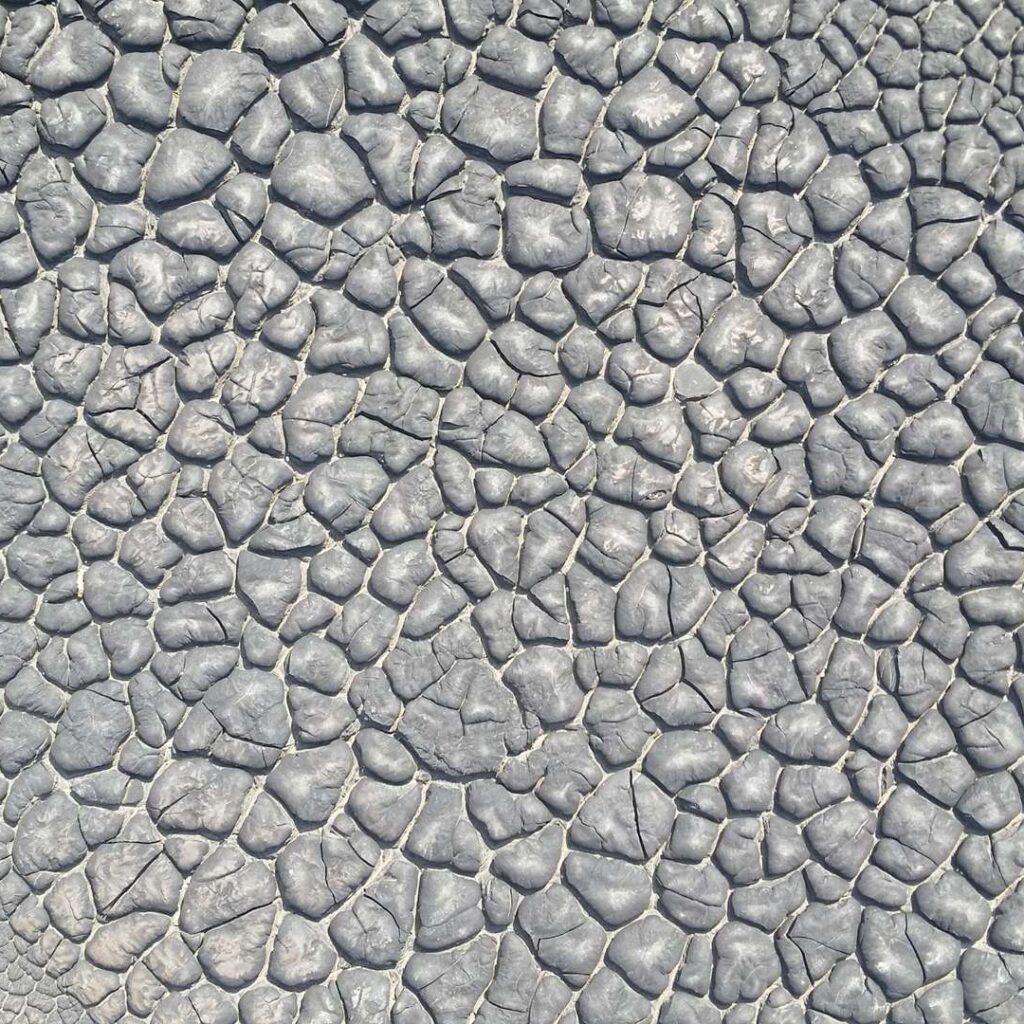

Alligatoring, simply put, is a sign that your roof is aging. The longer any item is exposed to the elements, the worse shape it’ll be in, and your roof is no different. Prolonged exposure to rain, wind, sun, and snow causes the coating of your roof to develop small cracks, which spread over time – and can spread across your entire roof if left unchecked.
If left unfixed, alligatoring not only looks bad – it can allow water to seep slowly into your home or building. Moreover, it can cause problems with energy efficiency and proper insulation
Alligatoring can be caused by:
Sun exposure. During hot summers, a roof’s exposure to UV light causes it to dry out. Without regular maintenance, roofing materials will split and crack like the earth under the desert sun.
Temperature fluctuations. Extreme shifts in temperature can cause the roofing material to expand and contract, leading to cracking and alligatoring.
Poor installation. Roofs that hold areas of water, known as ponding, can lead to increased alligatoring due to the water on the roof surface heating up and migrating through the membrane. This can be especially problematic in Vancouver’s climate, which often gets rain even in the summer.
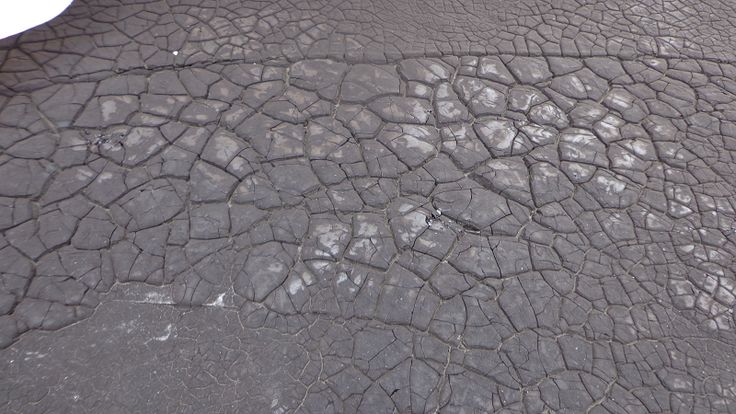
Preventing Alligatoring through Maintenance
By keeping up with your inspections and maintenance – and calling a professional roofer when necessary – you can stay on top of any problems that alligatoring may cause. The best way to prevent cracks from spreading is to get in touch with a roofing company, who can apply a primer to the area to help prevent further cracking.
What Can We Do?
As we said above, inspections and maintenance can be tricky, and we’d love to help you in any way we can. Our techs and inspectors are very professional and have a trained eye for these issues. Get in touch today!
